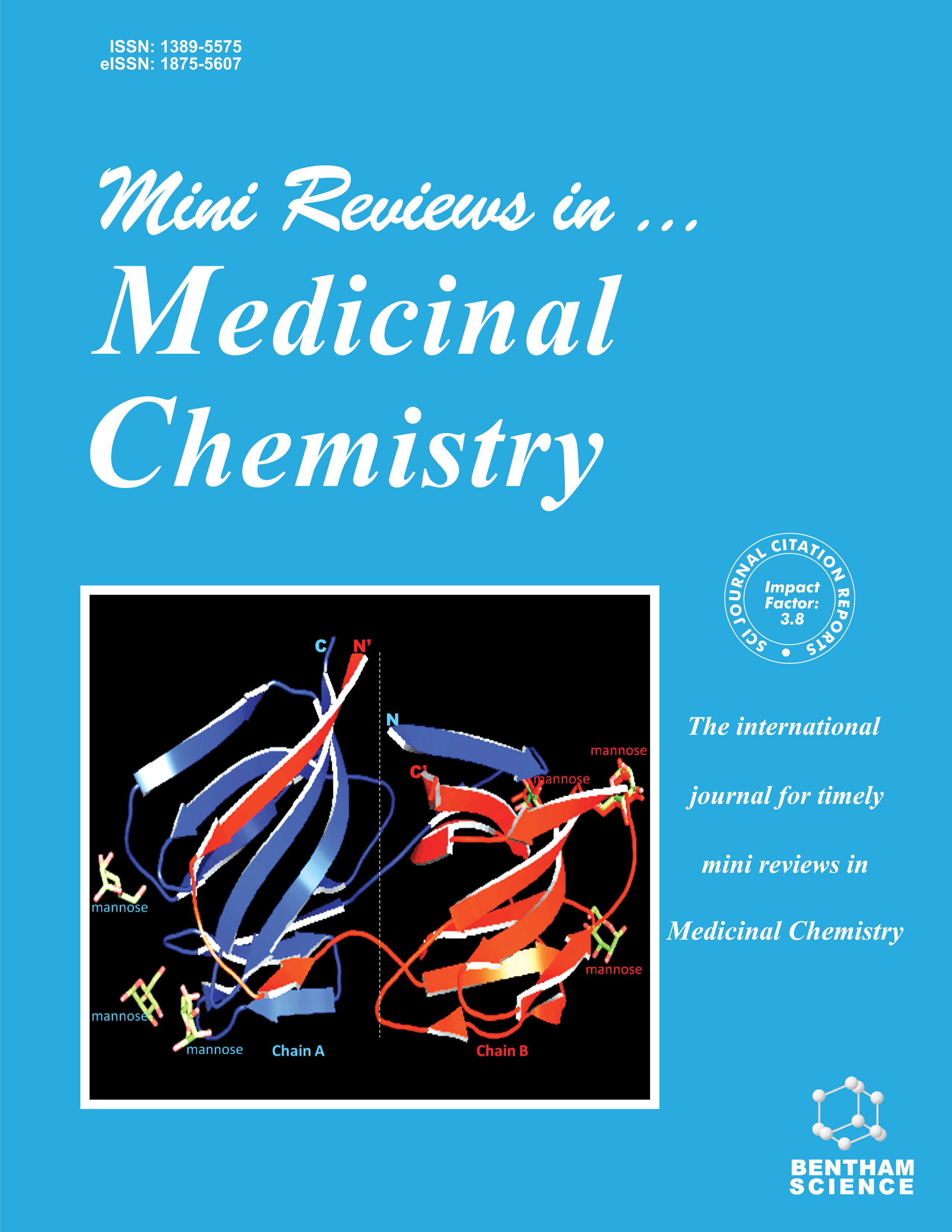
Full text loading...
We use cookies to track usage and preferences.I Understand
Cuproptosis, an emerging concept in the field of diabetes research, presents a novel and promising perspective for the effective management of diabetes mellitus and its associated complications. Diabetes, characterized by chronic hyperglycemia, poses a substantial global health burden, with an increasing prevalence worldwide. Despite significant progress in our understanding of this complex metabolic disorder, optimal therapeutic strategies still remain elusive. The advent of cuproptosis, a term coined to describe copper-induced cellular cell death and its pivotal role in diabetes pathogenesis, opens new avenues for innovative interventions. Copper, an indispensable trace element, plays a pivotal role in a myriad of vital biological processes, encompassing energy production, bolstering antioxidant defenses, and altered cellular signaling. However, in the context of diabetes, this copper homeostasis is perturbed, driven by a combination of genetic predisposition, dietary patterns, and environmental factors. Excessive copper levels act as catalysts for oxidative stress, sparking intricate intracellular signaling cascades that further exacerbate metabolic dysfunction. In this review, we aim to explore the interrelationship between copper and diabetes comprehensively, shedding light on the intricate mechanisms underpinning cuproptosis. By unraveling the roles of copper transporters, copper-dependent enzymes, and cuproptotic signaling pathways, we seek to elucidate potential therapeutic strategies that harness the power of copper modulation in diabetes management. This insight sets the stage for a targeted approach to challenge the complex hurdles posed by diabetes, potentially transforming our therapeutic strategies in the ongoing fight against this pervasive global health concern.

Article metrics loading...

Full text loading...
References


Data & Media loading...

